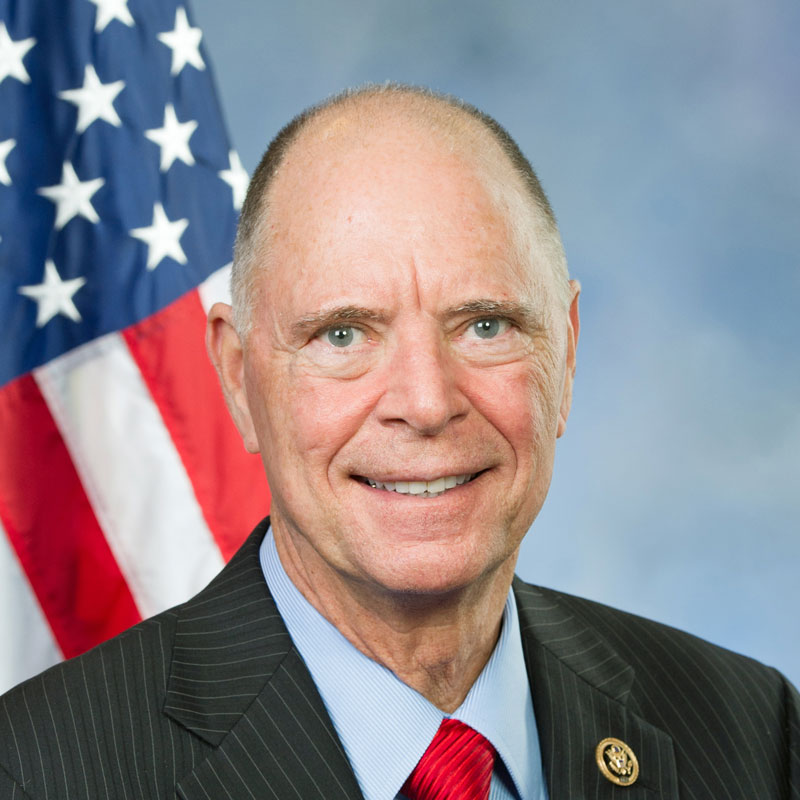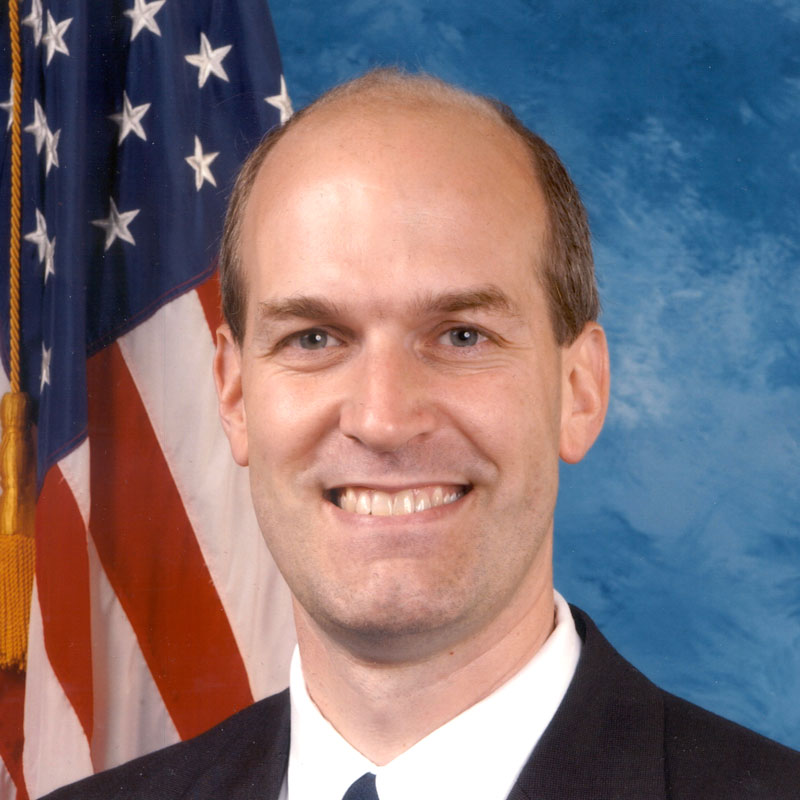Bipartisan Estuary Caucus Resolution Recognizes Nationa...
The Co-Chairs of the Bipartisan Congressional Estuary Caucus, including U.S. Representatives Bill Posey (R-FL), Suzanne Bonamici (D-OR), Brian Mast (R-FL) and Rick Larsen (D-WA), introduced their bipa...





